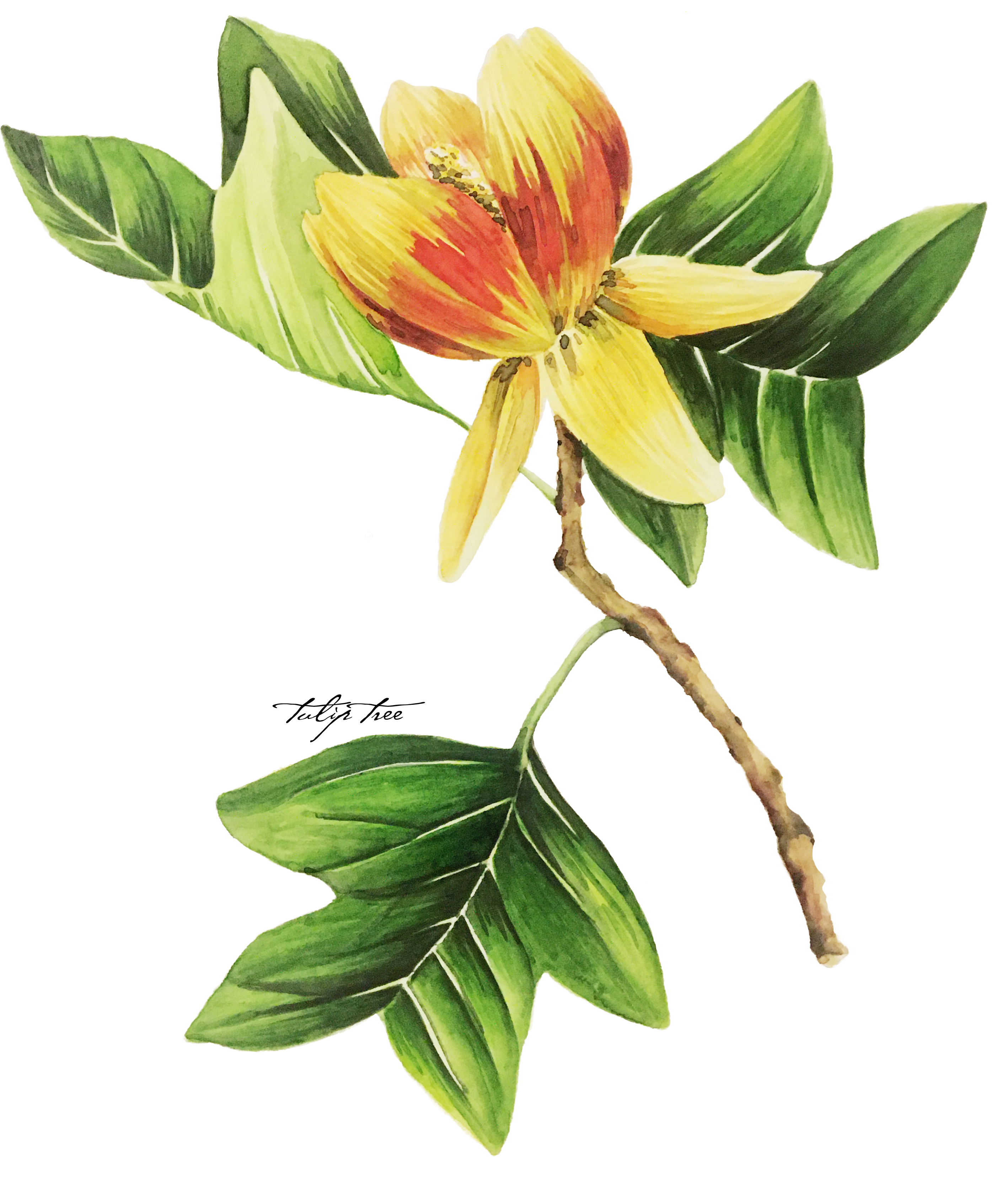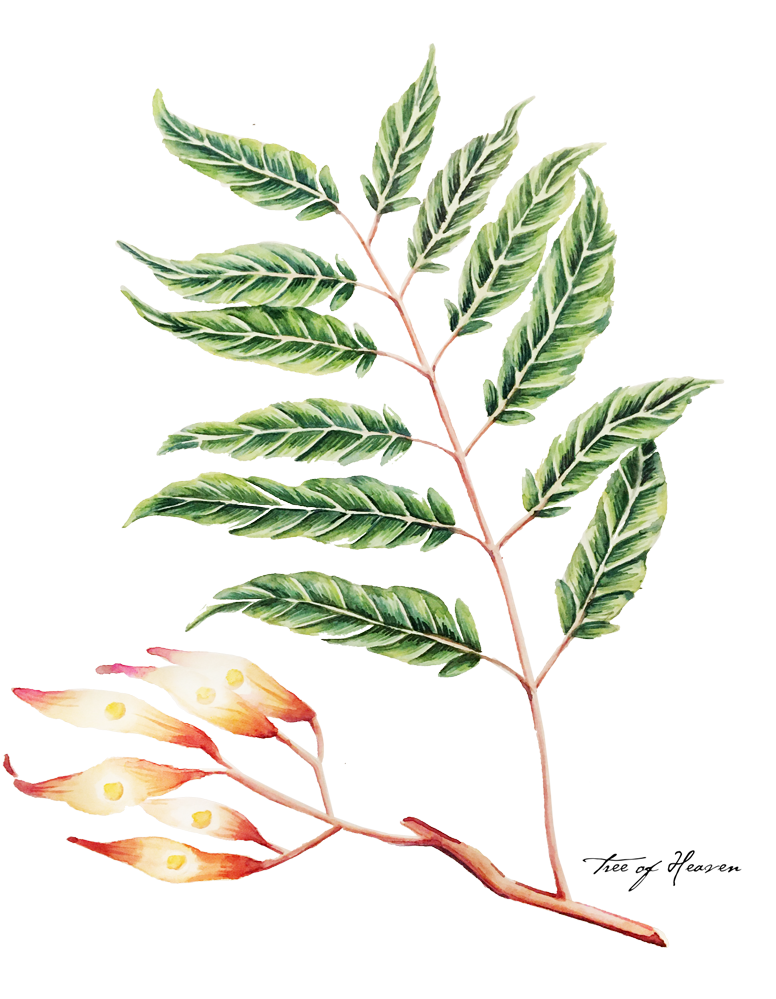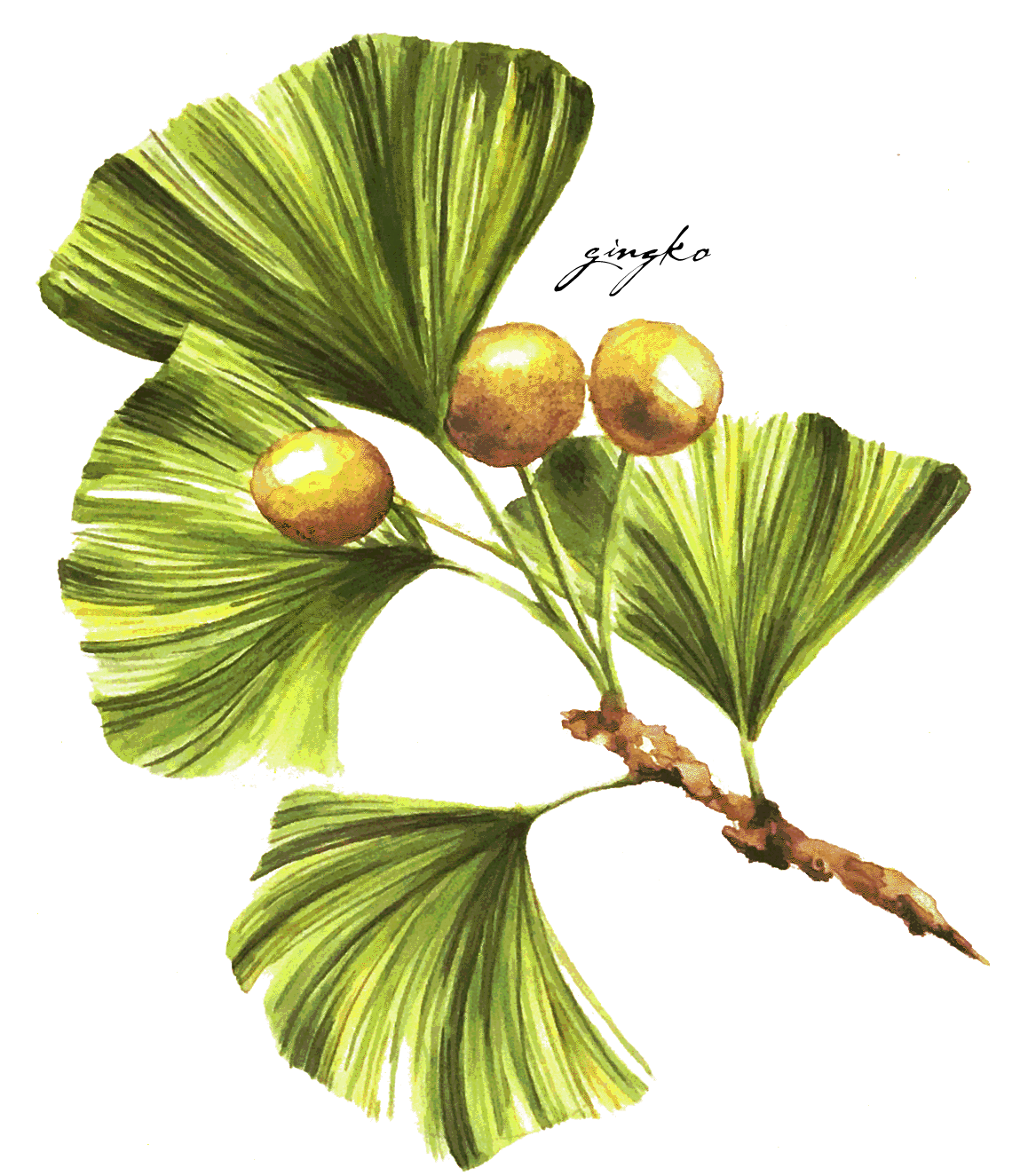using scent to talk
about forest succession
& atmospheric science
︎
precontact
prospect park, brklyn
basswood, aka American linden, Tilia americana, bloom
bitternut hickory, Carya cordiformis, nut oil
eastern white pine, pinus strobus, resin
oak moss, Evernia prunastri, lichen
spicebush, Lindera benzoin, bark, foliage
tulip tree, Liriodendron tulipifera, bloom


1. Newman, Andy. “Returning Chestnut Trees to City Where Blight Was First Found.” New York Times, City Room, 23 March, 2011.
︎
near future
prospect park, brklyn
ginkgo, Ginkgo biloba, foliage, fruit
white mulberry, Morus alba, foliage, bloom
wild persimmon, Diospyros virginiana, fruit
sweet gum, Liquidambar styraciflua, resin
tree of heaven, Ailanthus altissima, foliage, bloom
![]()
![]()
2. Velasquez-Manoff, Moises. “Can Humans Help Trees Outrun Climate Change?” New York Times, 25 April, 2019.
︎
“The aroma of a pine forest on a warm summer day is down to volatile organic compounds (VOCs). Cedar, cypress and eucalyptus owe their pungent aromas to their unique blends of these organics. With climate change, we are set for more VOCs and a more fragrant world.” 5
4. Toma, S., and S. Bertman. "The atmospheric potential of biogenic volatile organic compounds from needles of white pine (Pinus strobus) in Northern Michigan.” Atmospheric Chemistry and Physics, vol. 12, no. 4, 2012, p. 2245.
5. King, Anthony. “A Volatile Question”. Chemistry, 28 January, 2016.
The Project
Forests pre-logging smelled different from today's forests, and that smell is ever-changing as forest succession and climate change march on.
This research is a sensory teaching tool to talk about the delicate complexity of our forests in a warming climate. We use ethnobotanical processes, such as distillation, tinctures, and smoke, to create scent combinations that map forest succession in Prospect Park, Brooklyn—from precontact to future scenarios.
Our olfactory sense triggers memories—and by association, one might say that smell is linked to time in human perception.
.
This research is a sensory teaching tool to talk about the delicate complexity of our forests in a warming climate. We use ethnobotanical processes, such as distillation, tinctures, and smoke, to create scent combinations that map forest succession in Prospect Park, Brooklyn—from precontact to future scenarios.
Our olfactory sense triggers memories—and by association, one might say that smell is linked to time in human perception.


